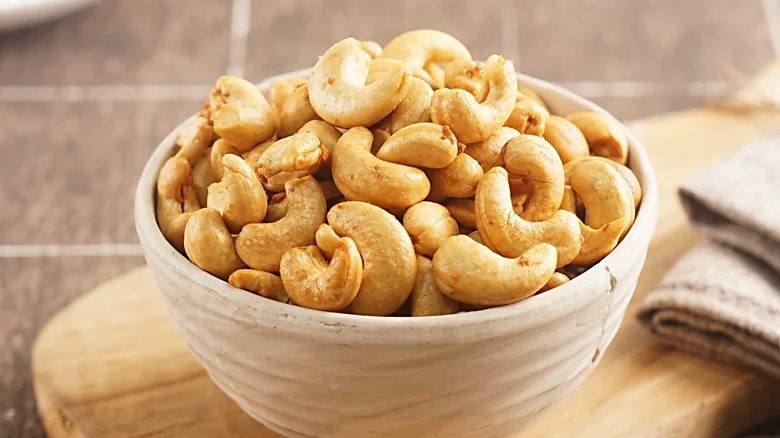Diabetes and Rice: Blood Sugar Management

For individuals with diabetes who love rice, it is crucial to adopt a healthy approach to their diet and lifestyle in order to regulate blood sugar levels effectively. Monitoring carbohydrate intake plays a key role in achieving this, as carbohydrates are abundant in rice and form an essential part of our meals.
To incorporate rice into a diabetes-friendly diet, it is recommended to consume it in moderation, particularly for those with type-2 diabetes, and opt for higher fiber whole grains whenever possible.
Choosing the right type of rice is also important for individuals with diabetes. Brown rice, wild rice, and long-grain white rice offer more fiber, nutrients, and vitamins compared to short-grain white rice. Another beneficial practice is to cook rice, allow it to cool, and then reheat it, as this transforms some of the carbohydrates into resistant starch, which has numerous health benefits.
Resistant starch aids in the fermentation of food in the large intestine, contributing to improved gut health, alleviation of constipation, reduced cholesterol levels, and a lowered risk of colon cancer. Incorporating resistant starches into the diet enhances the body’s response to insulin, leading to better management of blood sugar levels.
Thoroughly washing the rice and soaking it for an hour before cooking is recommended. After cooking, allowing the rice to cool further enhances the formation of resistant starch. Reheating the cooled rice further increases its resistant starch content, making it even more suitable for individuals with diabetes.
While rice can still be enjoyed, there are also other nutritious grains available as alternatives. Rolled oats, steel-cut oats, barley, bulgur wheat, quinoa, millet, and buckwheat are delicious options that can contribute to a healthy daily diet and aid in diabetes management.
Re-reported from the article originally published in TimesNowNews


:max_bytes(150000):strip_icc():format(webp)/Best-Ways-to-Lose-Weight-If-You-Have-Hypothyroidism-c44675c9bf134fd8b3adb49412f3cf0d.jpg)





/shethepeople/media/media_files/uimd693ZwtCPKUczhtsy.png)